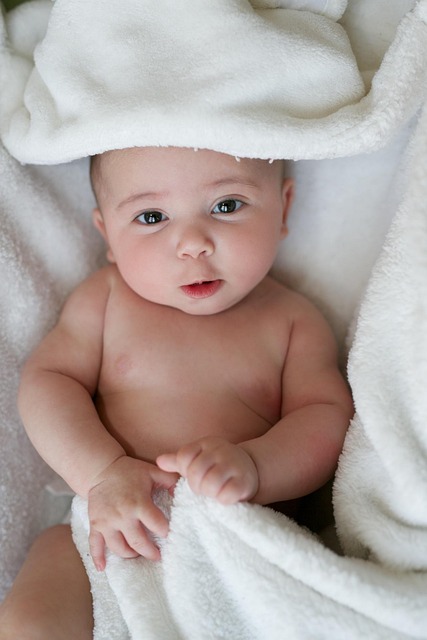Life can change dramatically in just a day, often due to a single moment that alters everything. For me, that moment came 33 years ago when I received a diagnosis that would shape my existence: scoliosis.
You might be curious about why this is significant. Scoliosis is relatively common, particularly among preteen girls and young boys. The American Association of Neurological Services estimates that about 3% of the population is affected, and most cases are treatable or benign. Generally, spinal curves tend to correct themselves over time.
However, my situation was different. I wasn’t dealing with a mild curve or a benign case of “growing pains.” Instead, I faced multiple curves, including a severe 60-degree bend in my lower back. The treatment options were discouraging: I could either don a back brace or undergo surgery. Both choices felt daunting, especially the prospect of surgery. Ultimately, my mother and I opted for the brace, which involved a full-body cast molded and encased in hard plastic from my underarms to my abdomen.
The added challenge was the three large Velcro straps I had to manipulate to put the brace on and adjust it, all aimed at applying pressure to my spine to prevent further curvature. This experience was painful and restrictive. Unfortunately, rather than improving, my condition worsened, leading to a 70-degree curve. My doctor then recommended an extensive 8-hour surgery to support and fuse my spine.
At just 15, I underwent surgery that involved cutting into my back and inserting five screws alongside a long metal rod. Unlike the brace, this treatment proved effective. However, even with the surgery deemed a “success,” the impact of scoliosis remains. Eighteen years later, I still contend with pain from the procedure; it has become a chronic condition that won’t simply disappear.
The physical consequences are undeniable. I frequently experience localized pain and swelling. Some days, even simple activities like walking, sitting, or standing can be excruciating. There are moments when getting out of bed feels impossible. The limitations extend beyond discomfort; I cannot perform sit-ups, flips, or handstands. Interestingly, one of my legs is shorter than the other, which sometimes causes me to stumble over my own feet.
However, the emotional toll of living with scoliosis often outweighs the physical pain. The mental effects of growing up with a visible deformity were profound. For two years, I endured mockery and bullying during my formative years, targeted for something I couldn’t control. The emotional scars remain vivid, much like the 16-inch surgical scar on my ribcage.
I continue to grapple with feelings of inadequacy and self-consciousness. I often try to avoid eye contact and blend in, striving to overcome these feelings daily. That’s the reality of living with scoliosis.
Yet, it’s essential to recognize that scoliosis isn’t wholly detrimental. Regardless of the severity of your curve, it’s not a terminal condition. With proper care and rehabilitation, it can be managed. While life with scoliosis can be challenging, it can also present unexpected gifts.
My scoliosis became a surprising source of strength. It motivated me to embrace an active lifestyle. I lift weights, practice yoga, cycle, hike, and run various races, including 5ks and half marathons. Running serves as a reminder of my resilience, illustrating that I am neither broken nor weak. It empowers me, allowing me to find courage and confidence on the track.
Don’t get me wrong—life with scoliosis is still tough. Physically, emotionally, and mentally, the challenges persist. However, I continue to move forward, refusing to be defined by the scars and struggles imposed on me. I am more than my diagnosis, and so are you.
In conclusion, while scoliosis has shaped my life in many ways, it has also propelled me toward resilience and strength. If you or someone you know is navigating similar challenges, remember that there is hope and support available. For more insights on related issues, check out this excellent resource on pregnancy and home insemination and this informative post on at-home insemination kits.
Summary
Living with scoliosis can be a complex journey marked by physical pain and emotional struggles. Despite the challenges, it can also offer unexpected strengths. With proper management, individuals can lead active lives and find empowerment through their experiences.
